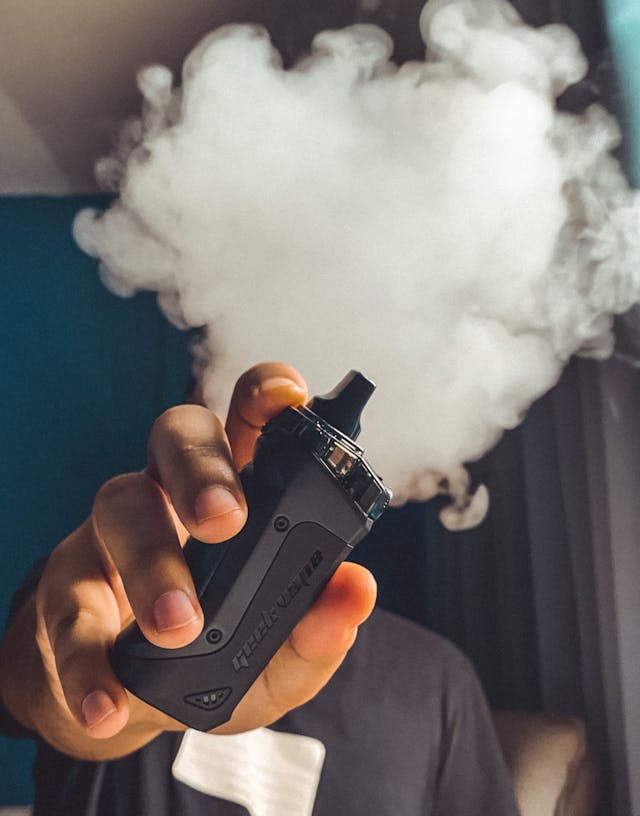Sonitrol Great Lakes Offers Electronic Detection Hardware

In recent years, vaping and the use of e-cigarettes have become a serious problem in schools.
Young people are vaping at alarming rates. According to the CDC, 1 in 4 high school students and 1 in 14 middle school students currently use tobacco products. Of these tobacco users, 67% of high schoolers and 50% of middle schoolers reported using e-cigarettes within the last 30 days.
The dangers of nicotine are well-documented, but many people don’t recognize that this addictive behavior can be a precursor to drug abuse in other forms. This is not always recognized by school officials because drug abuse might come years later like when students are in college or even later in their life.
As more teenagers are taking up vaping, schools are struggling to find ways to put an end to it. This problem is especially prevalent among high school students. If your school is dealing with this issue, here are a few things you can do to put an end to teenage vaping.
Checking for students vaping in bathrooms during lunchtime and class can help but is a strain on faculty time. Vape detectors take away the guesswork from staff.
Vape detectors, such as those manufactured by Triton and available through the Education Market at Sonitrol Great Lakes, send designated staff an automatic alert when students are vaping near the detector. These are especially useful in school bathrooms where most vaping tends to happen.
According to Triton company officials, schools normally see a significant drop in vaping activity within five weeks of deploying Triton vape detectors. A hotspot feature on the Triton Cloud Dashboard allows them to better allocate resources to where and when vaping is most common. A data collection feature allows school officials to gather quantitative evidence of vaping and show their board, parents, and students that they are taking concrete steps to address the vaping issue.
But beyond the use of vaping detectors, if school officials want to really put an end to vaping, schools need to implement policies and procedures that will discourage students from doing it.
For example, schools could institute a no-tolerance policy for students who are caught vaping on school property. Officials could also require students to take part in educational programs about the dangers of vaping before they’re allowed to return to school after being caught vaping.
Whatever policies and procedures school officials decide to put in place, make sure they’re well-publicized so that all students are aware of them.
Vaping is a serious problem in schools, but there are things that school officials can do to put an end to it. By educating themselves on the issue, talking to their students about it, implementing policies and procedures, and being vigilant, administrators can make their schools safer places for everyone involved.
